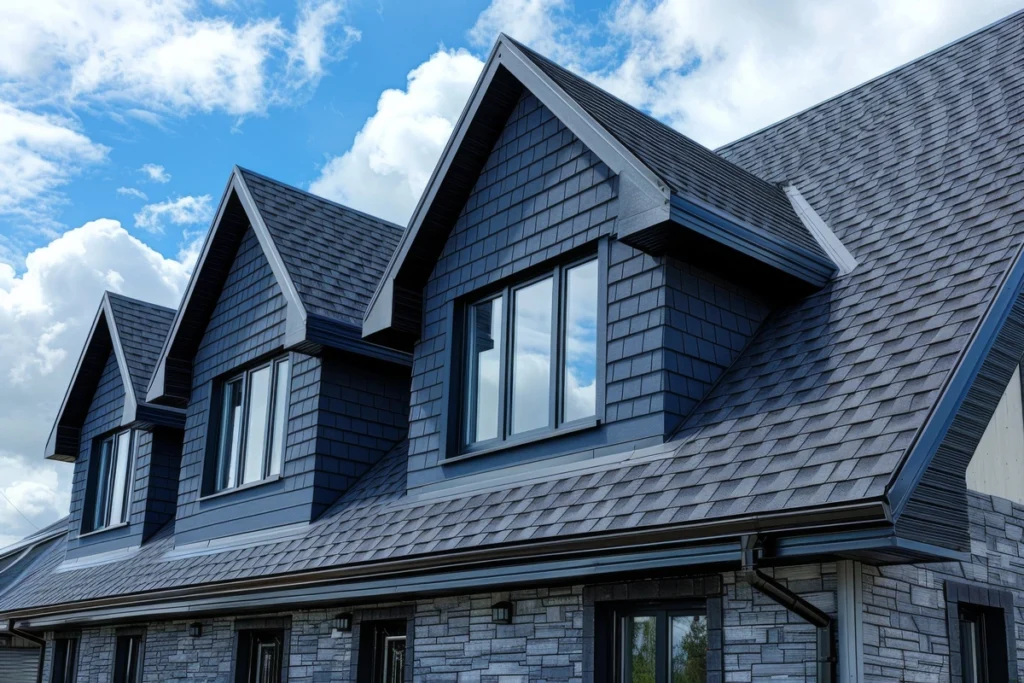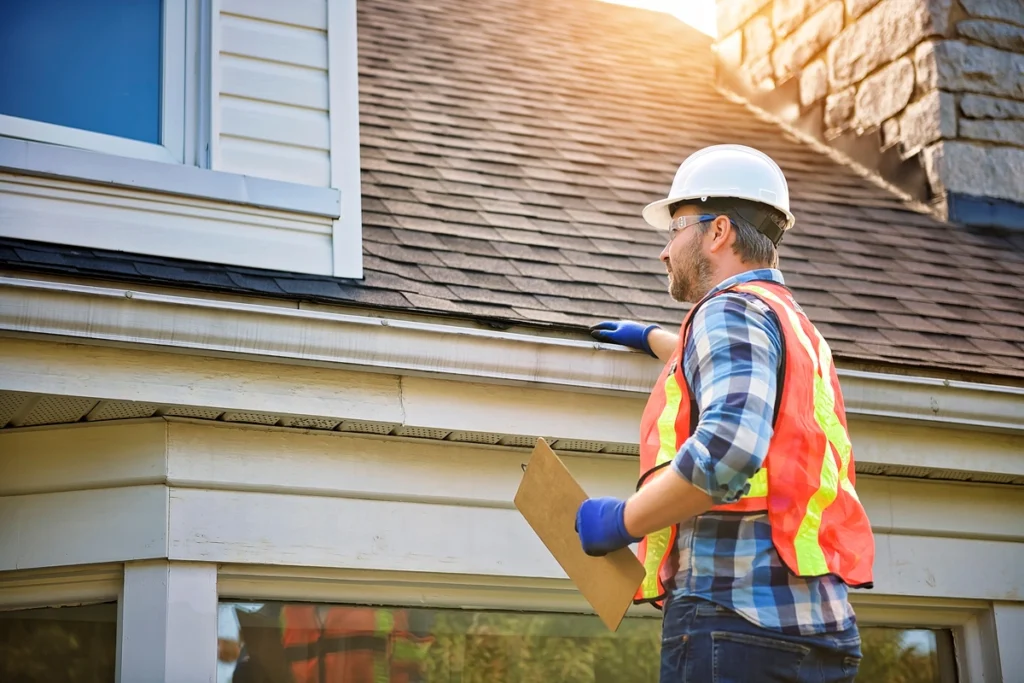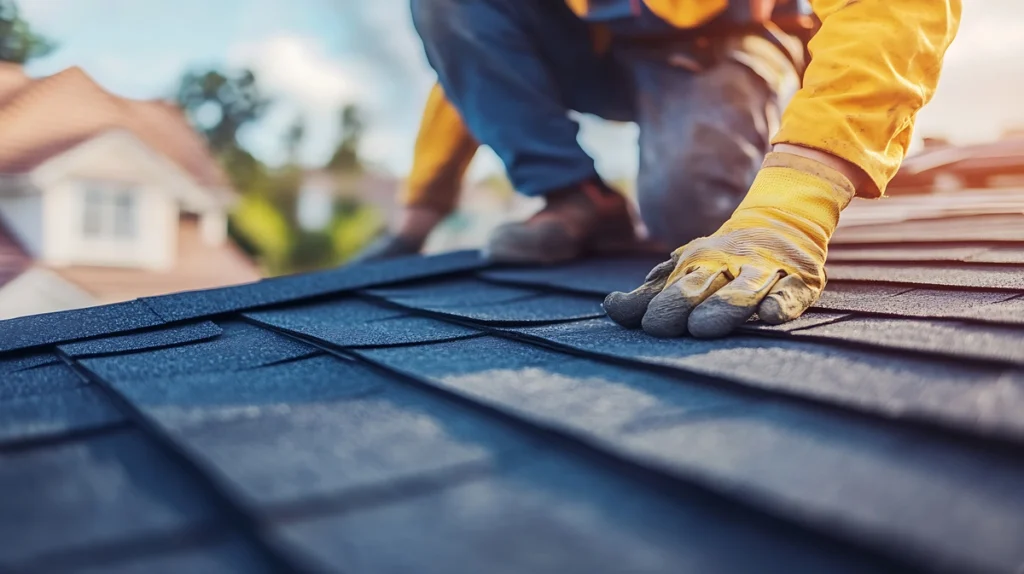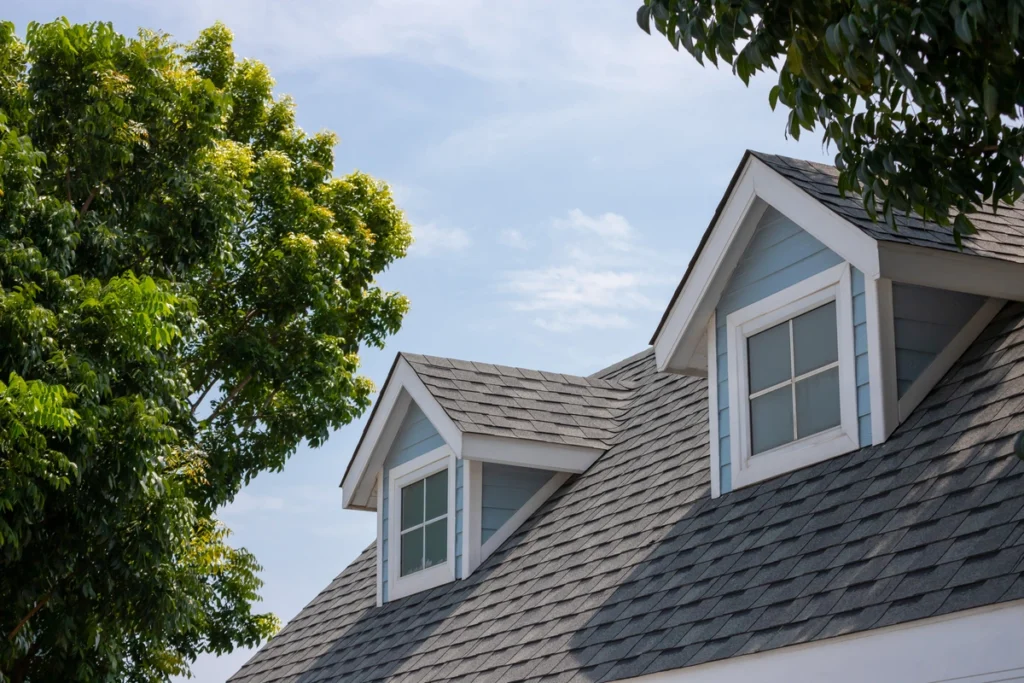Are you considering replacing your roof and wondering about the costs? Understanding the average cost of roof replacement can help you budget effectively and avoid any surprises. Whether you’re dealing with leaks, old age, or storm damage, knowing what to expect financially is crucial for every homeowner. In this comprehensive guide, we’ll explore various aspects of roof replacement costs, helping you make informed decisions for your home. Here’s what we’ll cover:
- Understanding roof replacement costs
- 5 cost factors for roof replacements
- Importance of roof inspections
- DIY vs. professional roof replacement
- Financing options for roof replacement
🤔 Understanding Roof Replacement Costs

When it comes to home improvement projects, roof replacement is a significant investment. The average cost of roof replacement can vary widely depending on several factors, including the size of your roof, the materials you choose, and the complexity of the installation. Generally, homeowners can expect to pay anywhere from $5,000 to $15,000 for a full roof replacement. However, this is just a ballpark figure, and actual costs can be higher or lower depending on your specific situation.
It’s important to remember that while the initial cost might seem daunting, investing in a high-quality roof can save you money in the long run. A well-installed roof can increase your home’s value, improve energy efficiency, and protect your home from weather-related damage. By understanding the components that contribute to roof replacement costs, you can make more informed decisions and avoid overpaying.
Additionally, some homeowners may be eligible for tax credits or insurance coverage, which can significantly reduce out-of-pocket expenses. It’s always worth exploring these options to make the most of your investment.
Signs You Need a Roof Replacement
Recognizing the signs that your roof needs replacement can prevent costly damage to your home. Look out for:
- Frequent Leaks – Persistent leaks indicate that your roof is failing and needs replacement.
- Age of Roof – Most roofs last between 20 to 30 years. If your roof is nearing this age, it’s time to consider replacement.
- Visible Damage – Cracked, missing, or curling shingles are signs of extensive wear that necessitate replacement.
Addressing these issues promptly can save you from more extensive damage and expenses down the road. Regularly inspecting your roof and acting on these warning signs ensures that your home remains safe and protected.
💵 5 Cost Factors for Roof Replacements
Understanding the cost factors for roof replacements is crucial for homeowners to budget effectively and make informed decisions. By being aware of these expenses, you can better prepare for the investment needed to ensure the longevity and safety of your home.
1. Types of Roofing Materials
The type of roofing material you choose will have a major impact on the overall cost of your roof replacement. Here are some common options and their approximate costs per square foot:
- Asphalt Shingles – These are the most popular choice due to their affordability and ease of installation. Prices typically range from $3 to $5 per square foot.
- Metal Roofing – Known for its durability and energy efficiency, metal roofing can cost between $6 and $12 per square foot. It’s a great long-term investment.
- Wood Shingles or Shakes – Offering a rustic look, wood shingles cost around $6 to $8 per square foot. However, they require regular maintenance and are not suitable for all climates.
Each material has its pros and cons, so it’s essential to consider your climate, budget, and aesthetic preferences when making a decision. While some materials may have a higher upfront cost, they could offer better longevity and energy savings, ultimately making them more cost-effective in the long run.
Before making a purchase, consult with a roofing professional to determine the best material for your specific needs and budget.
2. Labor Costs
Labor is a significant component of the average cost of roof replacement. Typically, labor accounts for about 60% of the total cost. The labor cost can vary based on:
- Roof Size and Pitch – Larger roofs or those with steep pitches require more effort and time to install, leading to higher labor costs.
- Regional Differences – Labor costs can vary significantly by region. Urban areas and regions with a high cost of living usually have higher rates.
- Complexity of Installation – Roofs with multiple layers, chimneys, or skylights require extra work and expertise, increasing labor costs.
To get an accurate estimate, it’s advisable to obtain quotes from multiple contractors. This will give you a better idea of the market rate in your area and help you find a reputable contractor who offers competitive pricing.
Remember, while it might be tempting to choose the lowest bid, quality should never be compromised. A poorly installed roof can lead to future problems and additional expenses.
3. Roof Size
The size of your roof is one of the primary factors affecting the cost of a replacement. Generally, the larger the roof, the more materials and labor will be required, which increases the overall cost. Roof size is typically measured in squares, where one square is equal to 100 square feet. The more squares your roof has, the higher the cost of materials and the longer it will take to complete the work. Homeowners with larger homes should expect higher costs compared to those with smaller or medium-sized homes. It’s essential to accurately measure your roof to get precise estimates from contractors, allowing for better budgeting and planning.
4. Roof Pitch and Complexity
The pitch, or slope, of your roof influences the difficulty and cost of replacement. Steeply pitched roofs are more challenging and dangerous to work on, requiring additional safety equipment and expertise, which can lead to increased labor costs. Similarly, the complexity of your roof—such as the presence of dormers, valleys, and multiple angles—can make the replacement process more time-consuming and expensive. Complex roofs require careful planning, additional skills, and precise execution to ensure a quality installation. Understanding how these elements affect costs can help you prepare financially and select the right contractor who can handle the unique details of your roof.
5. Regional Cost Variations
Besides material and labor factors, regional differences significantly impact roof replacement costs. Urban areas and regions with higher living costs generally present higher roofing prices due to increased demand and costs for skilled labor. Additionally, environmental factors linked to specific areas—such as high winds, heavy snowfalls, or intense sun exposure—could also alter roofing costs, as certain materials may be favored over others in different climates. Understanding regional cost variations can be crucial for budgeting purposes, which is why acquiring several local quotes is recommended to ensure competitive and fair pricing for your roofing project.
❗️ Importance of Roof Inspections

Regular roof inspections are crucial for maintaining the integrity of your home. They help identify potential issues before they become major problems, saving you money in the long run. Professional roof inspections can identify:
- Leaks and Water Damage – Detecting leaks early can prevent costly water damage to your home’s interior.
- Structural Issues – Inspections can reveal structural weaknesses that need to be addressed to ensure your roof’s stability.
- Wear and Tear – Regular wear and tear can lead to significant problems if left unattended. Inspections can help spot these issues early.
By scheduling regular inspections, homeowners can extend the lifespan of their roof and avoid the need for premature replacement. Additionally, some roofing warranties require regular inspections to remain valid, so it’s essential to stay on top of these maintenance tasks.
👨🔧 DIY vs. Professional Roof Replacement
Many homeowners wonder whether they should attempt a DIY roof replacement or hire a professional. While DIY projects can save money, they come with significant risks, especially for something as critical as roofing. Here are some factors to consider:
- Skill and Experience: Roofing requires specialized skills and knowledge. Without experience, you may make costly mistakes that compromise the roof’s integrity.
- Safety Concerns: Roofing involves working at height, which can be dangerous without proper safety equipment and training.
- Warranty and Insurance: Professional installations often come with warranties that protect your investment. DIY projects may void manufacturer warranties and homeowner insurance.
For most homeowners, hiring a professional roofing contractor is the best choice. Professionals have the expertise, tools, and safety measures needed to complete the job efficiently and correctly. Ultimately, the peace of mind and assurance of quality workmanship outweigh the cost savings of a DIY approach.
How to Find the Right Roofing Contractor
Choosing the right roofing contractor is critical for a successful roof replacement. Here are some tips to help you find a reliable professional:
- Check Credentials: Ensure the contractor is licensed, insured, and bonded. This protects you in case of accidents or damages during the project.
- Read Reviews and Ask for References: Check online reviews and ask for references from past clients. This provides insight into the contractor’s reputation and quality of work.
- Get Multiple Quotes: Obtain estimates from at least three contractors to compare pricing and services. This helps you make an informed decision.
Taking the time to research and vet potential contractors ensures that you receive high-quality service and a roof that stands the test of time. Remember, the cheapest option isn’t always the best—prioritize quality and reliability.
🏦 Financing Options for Roof Replacement

Replacing a roof is a significant financial investment, but several financing options can help ease the burden and make the process more manageable. Here’s a closer look at some of the most common options:
Home Equity Loans
Home equity loans allow homeowners to borrow against the equity they’ve built in their property. This option typically offers lower interest rates compared to personal loans, making it a cost-effective choice for funding a roof replacement. Borrowers can access a lump sum, which is then repaid in fixed monthly installments over a set period. It’s important to consider the value of your home and the amount of equity you have before opting for this route, as your home serves as collateral for the loan.
Roofing Financing Programs
Many roofing contractors partner with lenders to provide specialized financing programs tailored for roof replacements. These programs often feature flexible payment plans, allowing you to spread the cost of the project over time. Such financing options may include no-interest periods or deferred payment plans, making it easier for homeowners to budget for their new roof. Always inquire about the terms and conditions, including any hidden fees or penalties for early repayment, to ensure you understand the full cost of financing.
Insurance Claims
If your roof has sustained damage from a covered event, such as a storm or fire, your homeowner’s insurance policy may cover part or all of the replacement cost. It’s crucial to review your policy and contact your insurance provider to determine what is included. After filing a claim, an adjuster will assess the damage and determine the payout amount. This option can significantly reduce the financial burden of a roof replacement, but it may involve navigating the claims process and meeting specific requirements.
Personal Loans
Personal loans can be another viable option for financing a roof replacement. These unsecured loans provide borrowers with a lump sum that can be used for various purposes, including home improvements. While personal loans typically have higher interest rates than secured loans like home equity loans, they offer the advantage of not requiring collateral. Homeowners should compare interest rates, loan terms, and monthly payments to find the most suitable option for their financial situation.
Credit Cards
For smaller roof repairs or if you need to cover an initial down payment, using a credit card can be a convenient option. Many credit cards offer promotional low or no-interest periods, allowing you to pay off the cost over time without accruing interest. However, this option should be approached with caution, as high-interest rates can apply after the promotional period, potentially leading to significant debt if not managed properly.
🙌 Your Trusted Partner for Quality Roof Replacement

The average cost of roof replacement can vary greatly depending on materials, labor, and location, but ensuring you have a reliable team to guide you through the process is essential. At Lions Siding and Roofing Experts, we pride ourselves on our commitment to quality and customer satisfaction. Our experienced professionals are dedicated to providing the highest level of expertise and attention to detail, ensuring that your roofing project is completed efficiently and to your expectations. We offer competitive pricing and personalized solutions to fit your specific needs and budget. Trust us to handle your roofing needs with the professionalism and care you deserve. Contact us today for a free consultation and take the first step towards a safer, more efficient home. With Lions Siding and Roofing Experts, your satisfaction is our guarantee.

